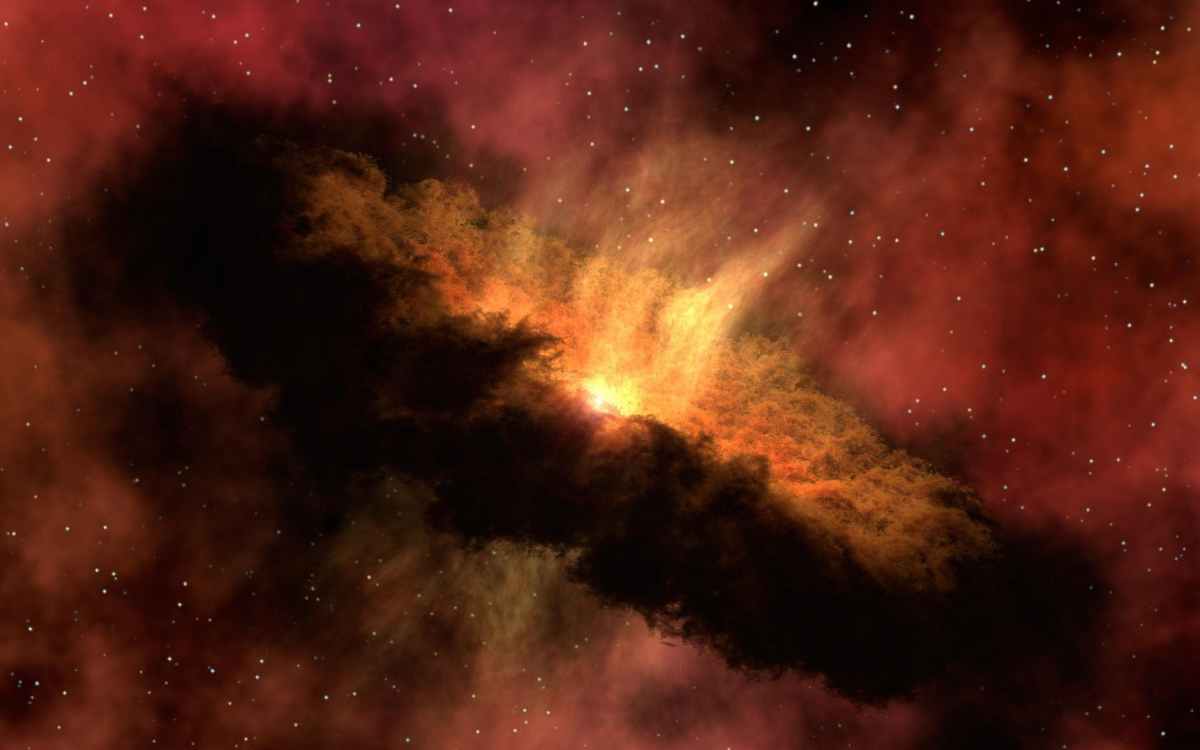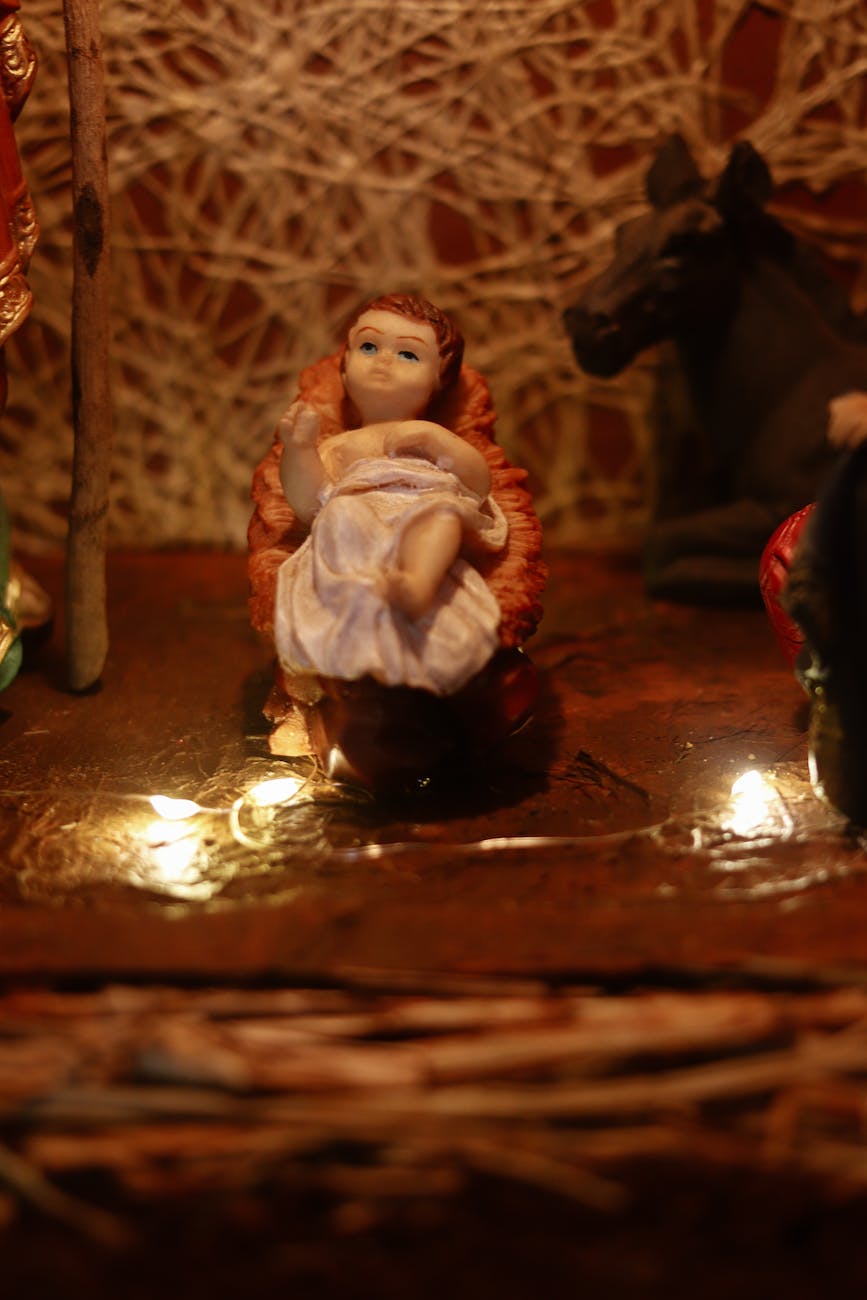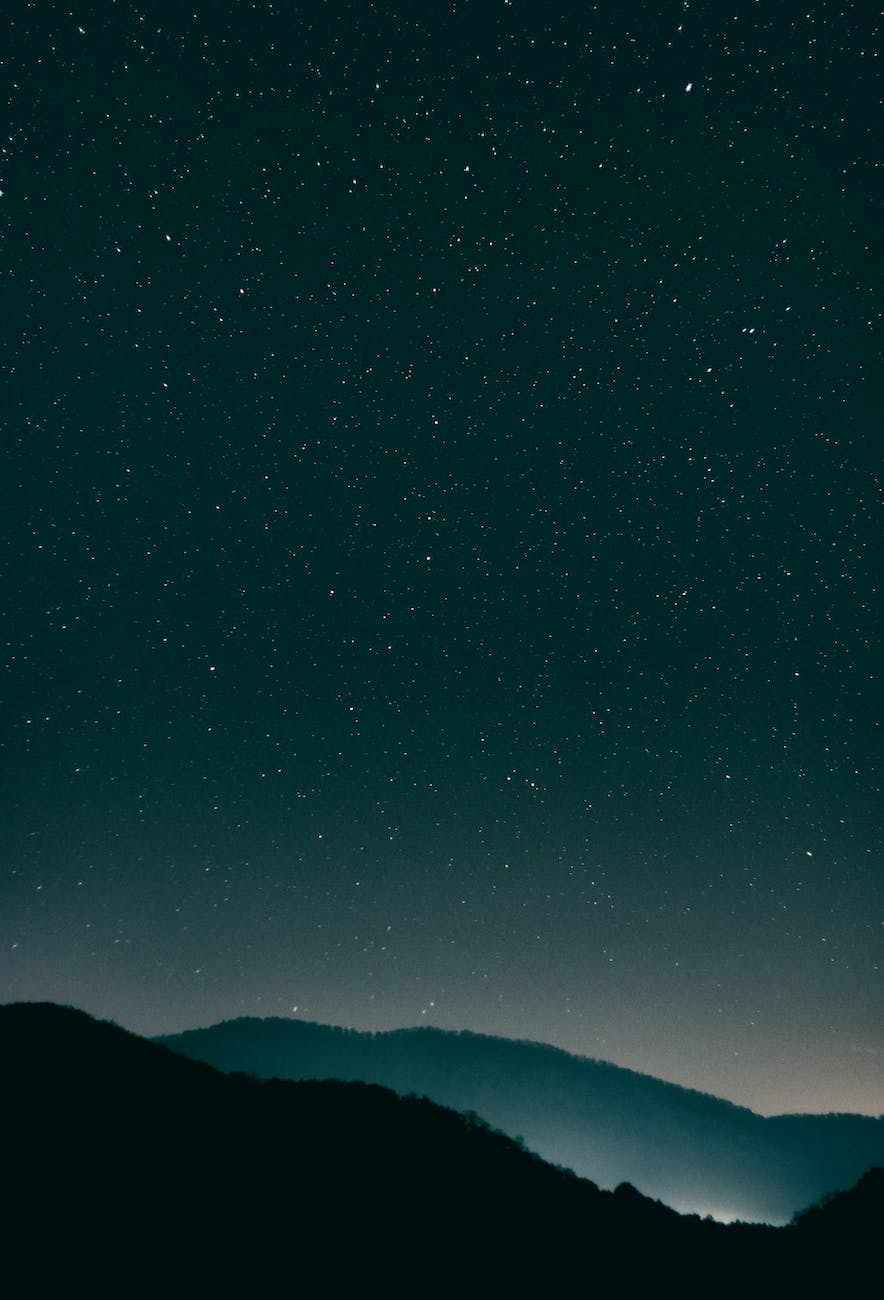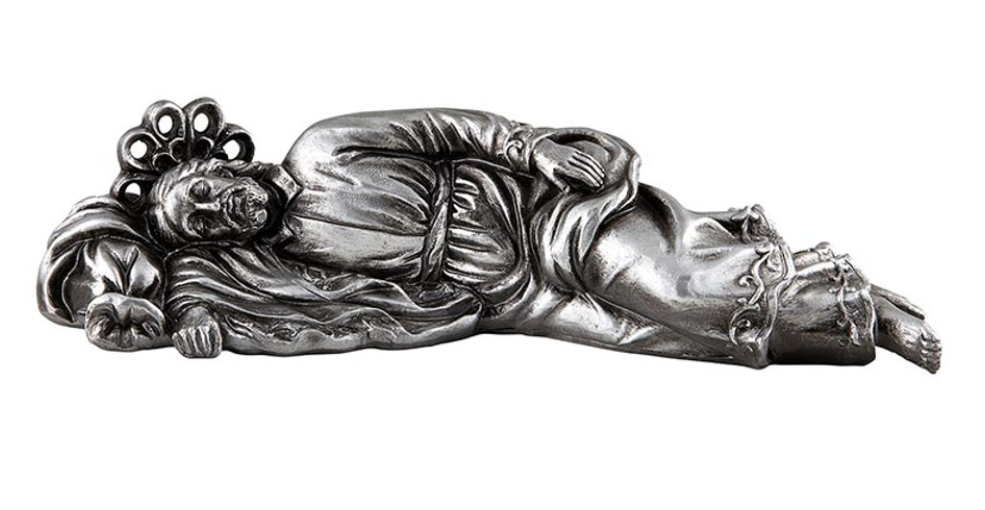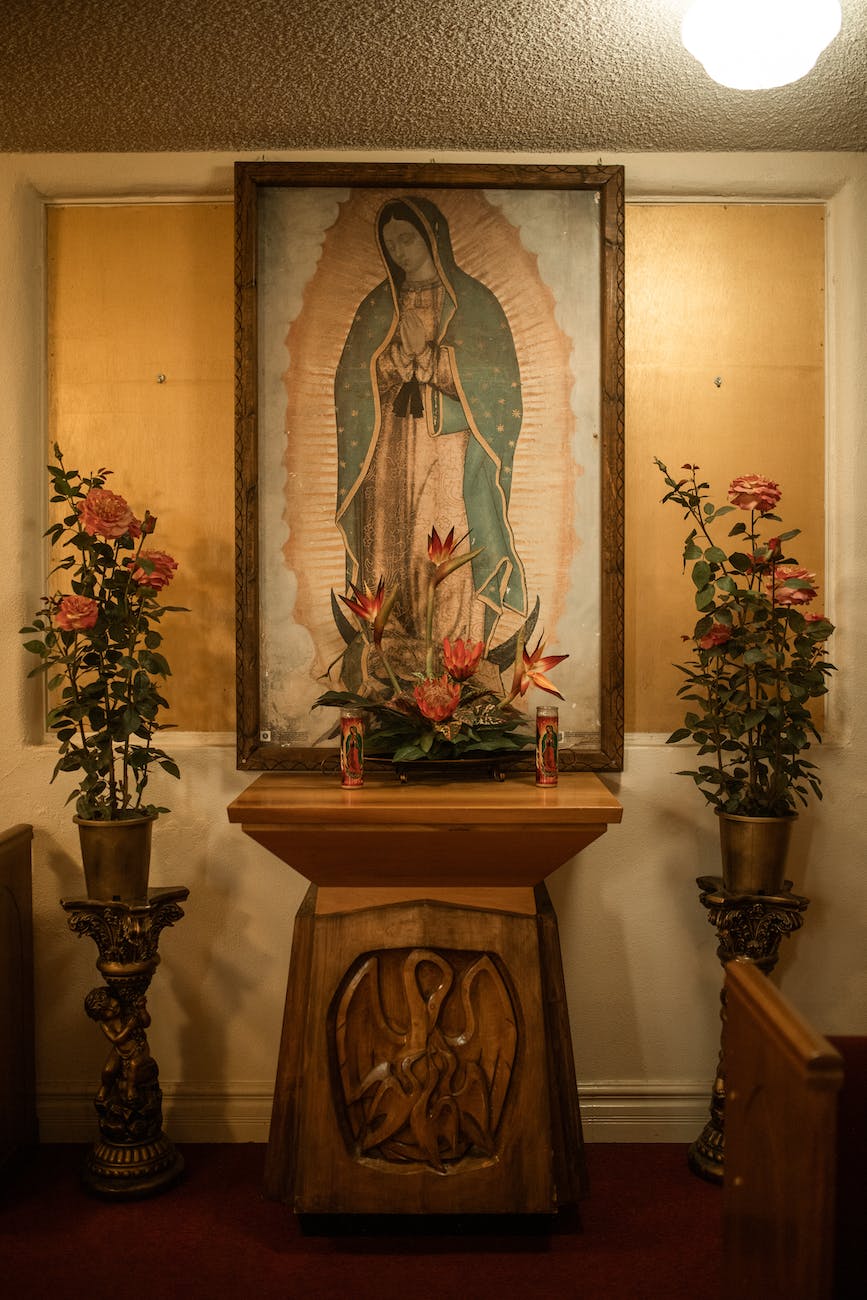I preached this sermon on Christmas Day, 2022, at Trinity Episcopal Church, Fort Wayne. The lectionary text cited is John 1:1-14.
One of the gifts that we are given each year on Christmas Day is a poem of sorts:
In the beginning was the Word. And the Word was with God. And the Word was God.
Today’s Gospel reminds us—lest we forget in the immediacy and the intimacy of our holiday celebrations, with the lights and the songs and the smiling baby in the manger—that Christmas also has vast, cosmic dimensions. The poetic language of John’s prologue tells us that the significance of this day begins out beyond the stars, beyond time itself, back to the hidden and infinite source of all things.
It’s an intuition, a hunch, a golden thread tugging at the human heart from some unknown depth, when we say that in the beginning, before the beginning, God simply was, in timeless communion with himself, beyond conception, boundless, complete.
We were not there to see such a thing, of course, and the mind cannot really understand this, as hard as we might try, and so, with St. John, we do what we always do when our usual way of communicating falls short: we resort to poetry, to language that strains against its limits, language that reaches past itself, trying to speak of that which is ultimately greater than our words. We say,
In the beginning was the Word,
And yet even in this evocative statement, we fail—albeit gloriously, with great beauty,—to capture the fullness of whatever it means. When we speak of timeless beginnings, of eternity, our souls lean toward that which our mind cannot grasp, like flowers turning toward the distant sun, seeking the source of life, hungering to know where, and how, and why all things are.
From where did all things come into being, God?
How did all things coming into being, God?
Why did all things come into being, God?
These are big and timeless questions, carried on the lips of humanity from time immemorial. And while we may not always associate them with Christmas, still, the birthing of God into our midst lends itself to considerations of origin and purpose—both his, and our own.
In the beginning was the Word.
The Scriptures are full of figures asking for an explanation, a solution, or at least an assurance that there is some shape and purpose to life on this earth, especially when it can seem so obscure and aimless at times.
“Oh, that I knew where I might find him, that I might come even to his dwelling,” Job cries out at one point in his long tribulation. “Why are times not kept by the Almighty, and why do those who know him never see his days?”
This is, in essence, the question we have been asking during the long Advent that preceded this glorious morning. We have been searching for the day and the dwelling place of God for a very long time, trying to locate him, trying to see him, trying to learn from him why it is that we find ourselves here, enfleshed, imperfect, haunted by beauty, hungering for truth, wanderers on the earth, struggling to remember our true home, saying,
In the beginning was the Word,
And hoping that we will discover, in the end, a fuller sense of what this means for us. Hoping that this Word, one day, might speak a word back to us, to reveal both our origin and our future.
And today, quite suddenly, he does. Today, as an infant, the Word gives his answer.
For, the Word became flesh and lived among us, and we have seen his glory, the glory as of a father’s only son, full of grace and truth.
Christmas is the feast of holy materiality. It is the day when what was poetic becomes incarnate. What was eternal and unreachable becomes finite and present. God reveals that his days and his dwelling place and his origin and his purposes are not solely in some distant realm, but right here, in our midst, no longer hidden or inscrutable, but fully accessible, as vulnerable and open to us as a newborn child.
And this is a new thing.
For when Job cried out to God, and when God replied, God did so only with more questions. God said, “Where were you when I laid the foundation of the earth?” He said. “Who laid its cornerstone when the morning stars sang together and all the heavenly beings shouted for joy?” And Job had to be satisfied with not knowing the answer.
But on this day, God says, instead, “come to Bethlehem and behold the foundation of the earth in the flesh, for I have come that you might reach out and hold it. Come and see the cornerstone of the universe, lying right here in a manger. Come and see with your own eyes the Morning star rising in your sight, that you, too, might shout for joy like the angels. For though I come from an eternally distant place, I am no longer hidden from you, my purposes and my plans are here for all to see, and though they are deeper and older than time itself, they are quite humble, quite real.
God says, You have asked a question of me across the ages—where? And how? And why? And the answer, the long awaited answer I give to you, the answer– you who are now bone of my bones, and flesh of my flesh–the answer is simply this:
Cherish what is given; be at peace with what is taken; believe in what endures.
For yes, in the beginning was the Word, shrouded in the silence of eternity, but today you shall hear the Word with your own ears, you shall see it with your own eyes. The Word is love. And this Love was with God. And this Love is God. Today, and forever.
And now, let your life become the incarnate poetry of God’s love. Let your life be the thing that strains against the limits of language, that reaches past itself. Let your life become an answer to your own questions. And let the child in the manger who is God teach you that such an answer—where, and how, and why we are—can only be enacted and embodied, not fully comprehended. Because love is a verb, and Christmas is an origin story, and the world still yearns to see where it will lead through all of us.
In the beginning was the Word, and the Word was with God.
And today, at last, we are with God, too.

